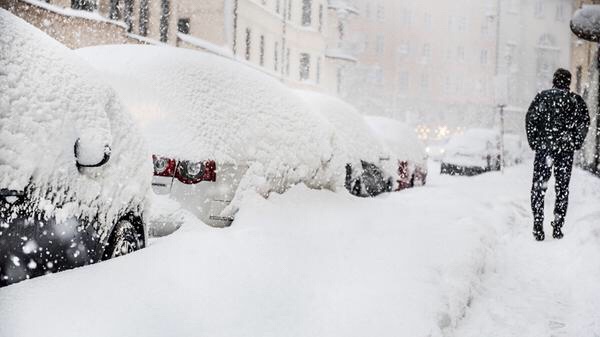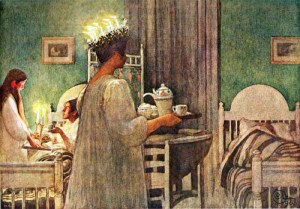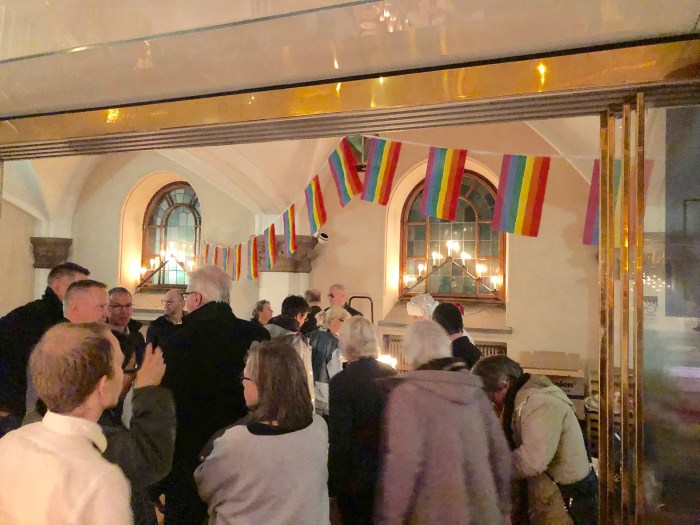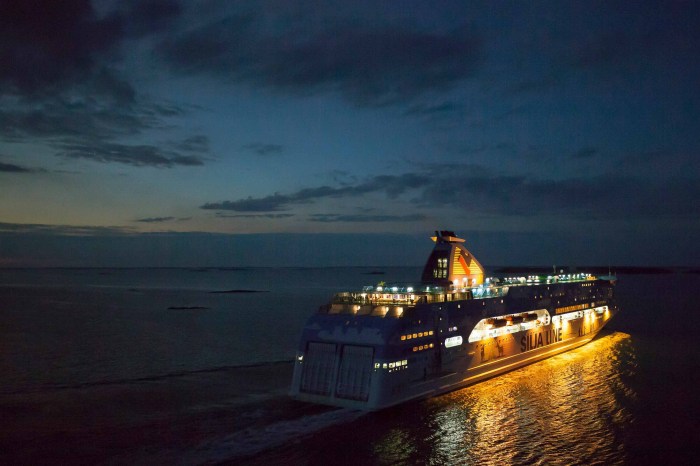
Did you know that Sweden was once a great political power? The Swedish Empire exercised control over the Baltic region for over 100 years. The beginning of the Empire is usually taken as the reign of King Gustav Adolf in 1611, and the end as the loss of territories in 1721 following the Great Northern War. Sweden had control of Finland, Estonia, Latvia, Denmark, Norway and parts of Germany. It is rumoured in Swedish history that King Gustav Adolf had an ambition to make the Baltic Sea a large lake inside Sweden.
This was all a very long time ago, and today things don’t look quite the same for Sweden. Today, the most common boats that travel over the Baltic Sea are ferries and cruise ships. These huge ships traffic, amongst other destinations, Stockholm, Helsinki, Åbo, Åland, Visby, Riga, Gdansk, Rostock and Tallinn. Today, they are not for invading Swedes but mostly for multinational tax-free shopping, city breaks, partying, cruising, transporting goods and touristing.
The specific party boats between Sweden and Finland are a Swedish classic. They are also a special case – they are a kind of ‘booze cruise’ and are an interesting study in how many varying levels of intoxication there are. It’s hard to say who wins the competition in being most drunk and going berserk – the Swedes or the Finns – but both nations give it a good attempt. These boats are notorious locations for partying and, like Las Vegas, what happens on the ferry stays on the ferry. It’s a fascinating sight to witness.
The boats have various well-used bars, nightclubs, cabaret lounges with tacky stage performances, a mix of good to production-line restaurants, basic and luxury cabins, spa, poker tables, slot machines, karaoke, bingo and tax free shopping. Everything is ambitiously designed to give passengers a fun night or two at sea.
You don’t have to party like crazy to travel these boats however. Lots of families, couples and calm groups of friends use the boats as transportation or as cruises and mini breaks. With an upgrade, you can experience nicer restaurants and better cabins. The view out of the window is also very pretty as the boats glide gently through the thousands of islands in the archipelago and out into the open sea.
So, whether you’re looking for beautiful scenery, a sociological study of the Swedes and the Finns, or wanting a wet party night, then jump on a cruise ship from Stockholm and venture out onto the Baltic Sea.
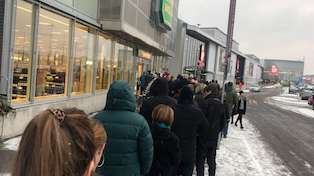
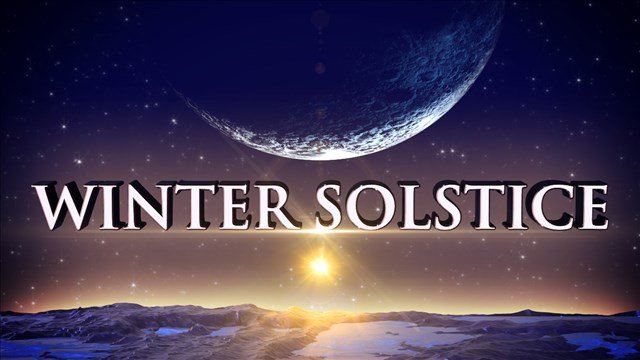
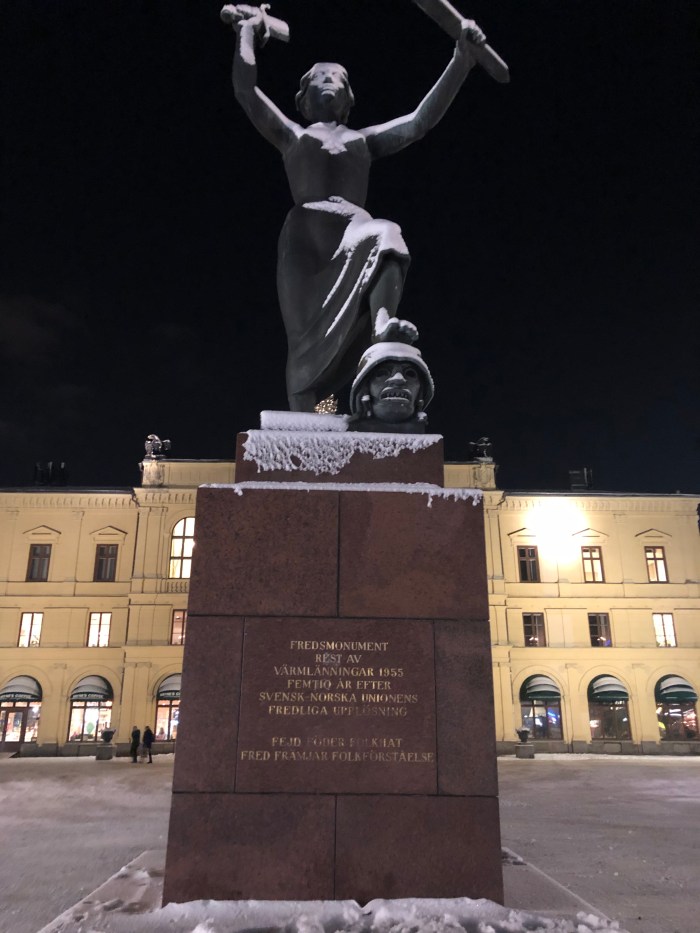
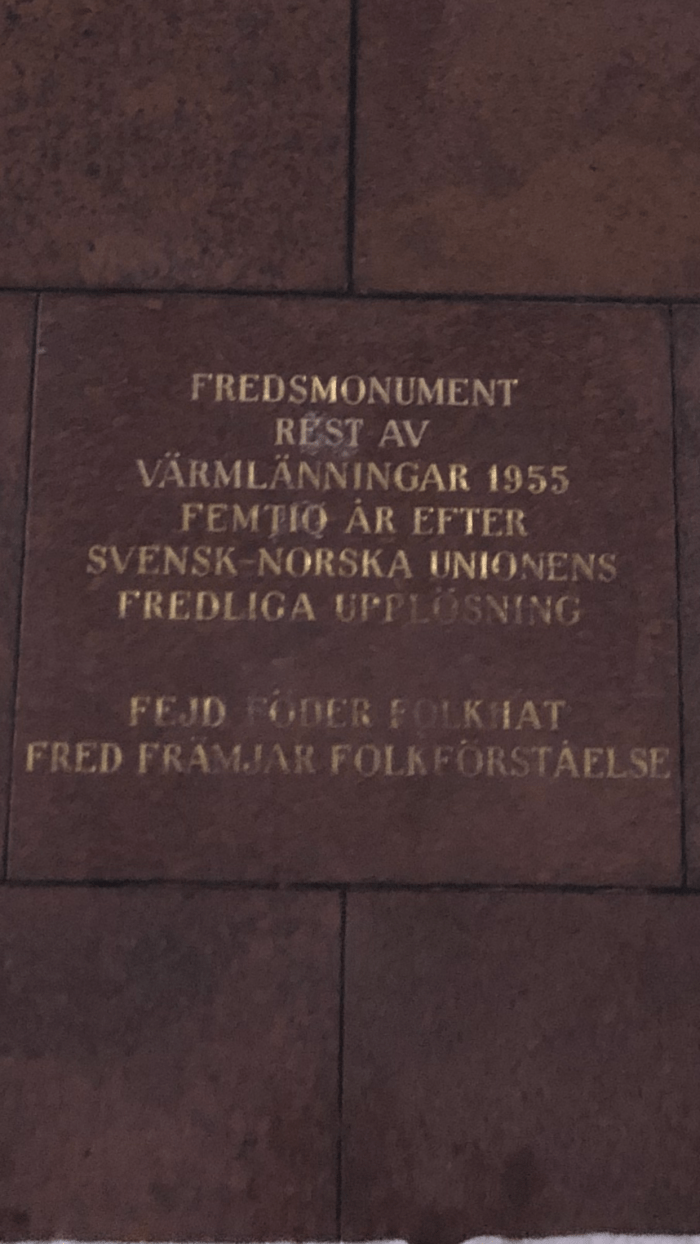 On the main square in the western Swedish town of Karlstad, there is a statue. A striking statue. A significant statue. A statue that was once voted the ugliest statue in the country.
On the main square in the western Swedish town of Karlstad, there is a statue. A striking statue. A significant statue. A statue that was once voted the ugliest statue in the country.